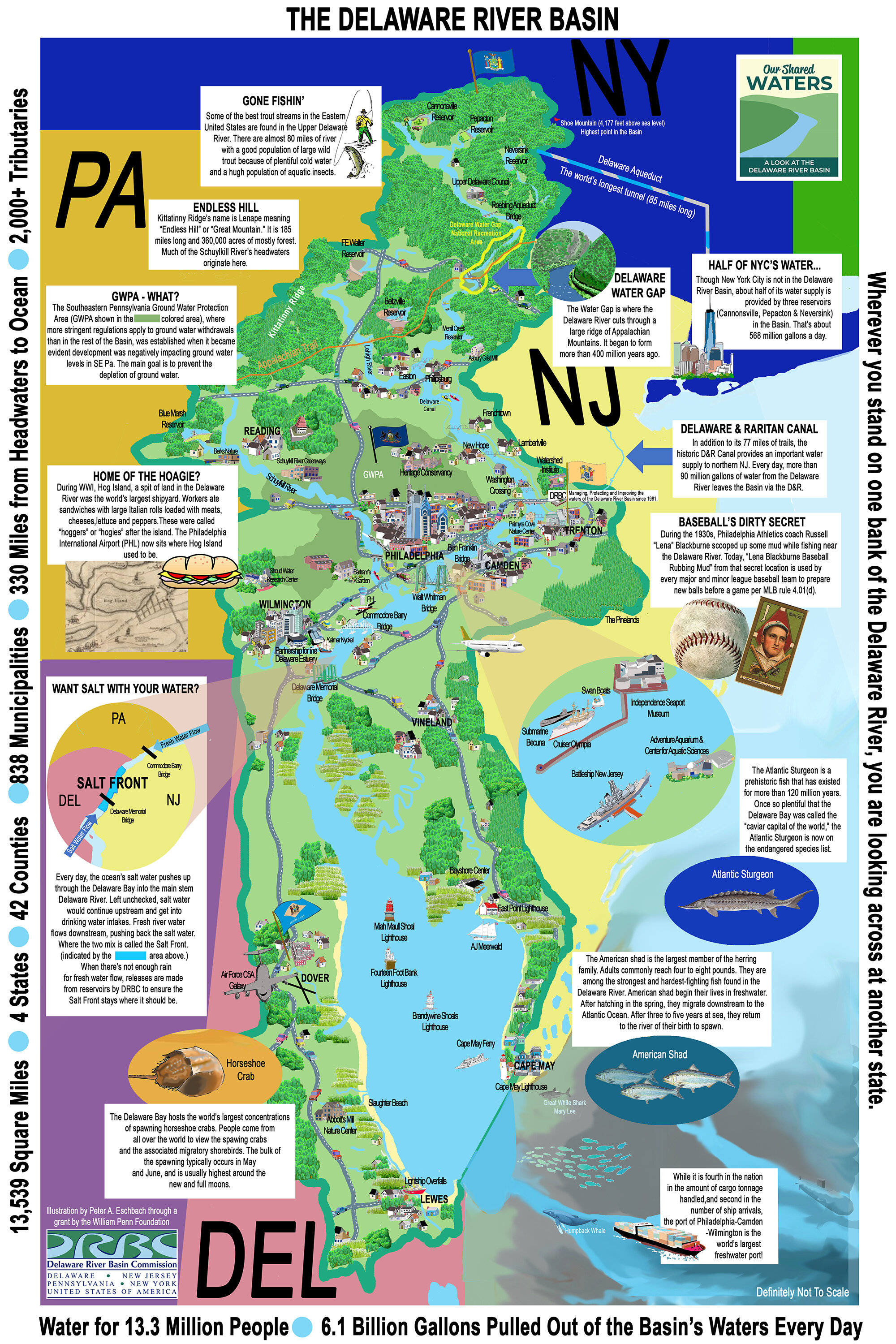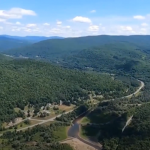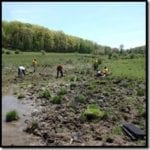By Rita Yelda, Outreach & Communications Manager, Coalition for the Delaware River Watershed
Organizations within the Delaware River Basin come together every year on October 18 for a social media day of action around the Clean Water Act anniversary in order to raise awareness about the essential resources the river provides. The Clean Water Act is the nation’s foremost law for protecting the irreplaceable life-giving resource of clean, accessible water. The Act’s pollution control programs and surface water protections helped to ensure that we don’t have to go a day without the water, the wildlife, or the habitat of the Delaware River Basin.
Before the Clean Water Act became law on October 18, 1972, about 2/3 of U.S. waterways were unsafe for swimming or fishing because untreated waste flowed directly into rivers and lakes. The Delaware River was one of many rivers that were extremely polluted and unsafe. The Clean Water Act has kept billions of pounds of sewage, chemicals, and trash out of waterways across the Delaware River Basin and the entire United States. Urban waterways, like the Delaware River, have gone from wastelands to centers of redevelopment and activity.
Celebrated on social media and named #DayWithoutTheDelaware, October 18 is an opportunity to better understand our reliance on the Delaware River Basin and highlight the importance of protecting the future of the Delaware. The #DayWithoutTheDelaware is inspired by National Imagine a Day Without Water, which urges people to think about how they interact and rely on water in their daily lives, in order to foster a deeper commitment to protecting and speaking out for clean, accessible water.
About 13 million people in NY, NJ, DE, and PA rely on water from the Delaware River Basin. As you go throughout your day, imagine what it’d be like to have a day without the Delaware, when water is no longer accessible. What would a day without the Delaware be like for you? No water to drink or prep food, no water to shower or do laundry, hospitals would close, and firefighters wouldn’t have water to fight fires.
What would a day without the Delaware River Basin look like?
-
Without water from the Delaware River Watershed, farmers in NY, NJ, PA, and DE wouldn’t be able to produce the crops that end up on our dinner plate. Water keeps crops alive! Farmers and agriculture couldn’t go a #DayWithoutTheDelaware.
-
Not only does the Delaware River Basin provide water for people, wildlife, and farms – it also supports about 600,000 jobs across various industries. Without the Delaware River Basin, more than $20 billion in economic activity would be lost. A #DayWithoutTheDelaware would mean economic bust for our region!
-
Without the Delaware, hundreds of wildlife species would have no place to call home and no food to eat. The Delaware River supports year-round fish populations, as well as those returning to spawn, such as the American shad. Bald eagles, which depend on fish for food, reside throughout the basin from the river’s New York headwaters to the Delaware Bay.
-
Birds rely on the Delaware River Basin and couldn’t go a #DayWithoutTheDelaware! The basin provides habitat and food to 250+ migrating bird species because it’s located in the Atlantic Flyway. The Delaware Bay is the number one breeding location for American horseshoe crabs, which endangered red knots rely on for food.
-
Without the Delaware River Basin, we’d be missing out on outdoor recreation such as kayaking, fishing, and swimming. Not only does the Delaware River Basin bring clean water to our tap, it also brings tourists, sportsmen, and recreation enthusiasts to our region, which boosts the economy.

Source: Delaware River Basin Commission
While the Clean Water Act has greatly improved the health and future of the Delaware River Basin, there’s still much work to do to make the basin safe for the people, fauna, and flora that call it home. For example, agricultural run-off can carry manure, fertilizer, and pesticides into waterways – polluting drinking water and the places we like to boat, swim, and fish. Nutrient pollution is a prominent water quality issue facing the Delaware River Basin. Additionally, stormwater pollution is increasing as communities lose surfaces that can catch rainwater and snowmelt. Rain and snowmelt contaminated with motor oil, road salt, and other pollutants ends up in the Delaware River and its tributaries.
If we don’t want to go a #DayWithoutTheDelaware, people must come together to keep supporting policies, like the Clean Water Act, that seek to safeguard water. This could mean encouraging legislators to support full funding to the state agencies in NY, NJ, PA, and DE that oversee environmental protection; moving forward bills that reduce single-use plastic pollution in waterways; and much more. Tell us on Twitter, Facebook, or Instagram, what a day without the Delaware River Basin would be like for you and what you’re doing to protect the river by using #DayWithoutTheDelaware!











